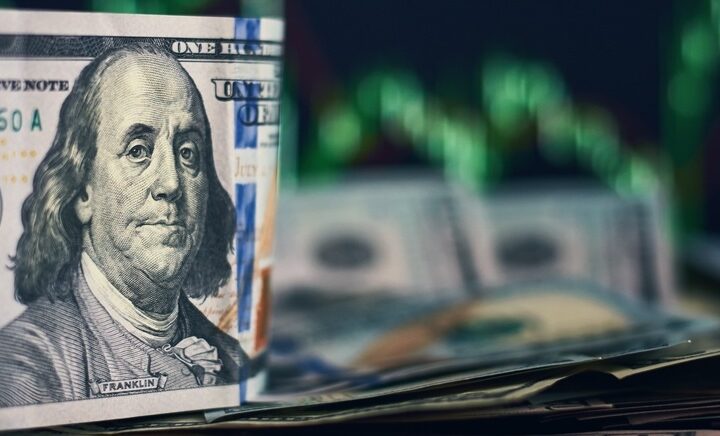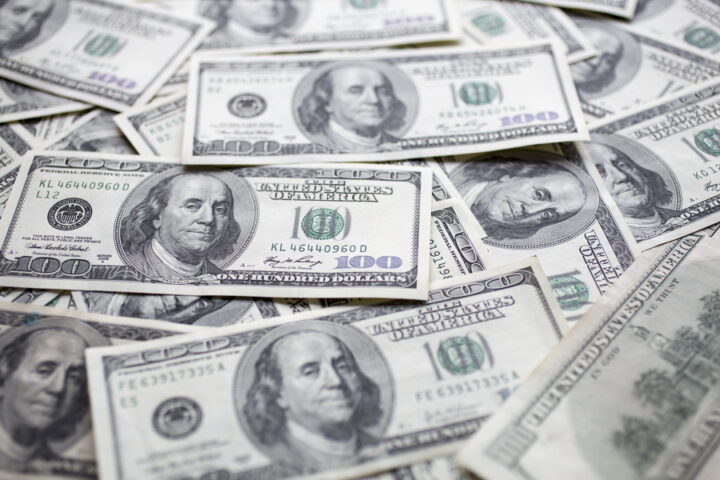Debt issuance by the top 50 European corporate entities continues to rise while overall credit quality remains strong, according to a report published by Standard & Poor’s Ratings Services.
The report, titled “Credit Quality Set To Remain Strong For Europe’s Top 50 Corporate Entities, Despite Volatile Markets,” looks at the top 30 industrials, top 10 banks, and top 10 insurance companies in
“Overall credit quality is largely unchanged since our last report, and is likely to remain strong for the group, despite considerable volatility in the markets of late,” said Standard & Poor’s Chief European Economist Jean-Michel Six. “We expect credit quality to stay broadly in the ‘A’ category for industrials and in the ‘AA’ category for financial entities in the medium term.”
The majority of the top 30 industrials in our sample, broken down into telecoms, utilities, and other industrials, continue to enjoy solid investment-grade profiles, reflecting very strong positions in their respective markets as well as enduring financial discipline. The median rating for this group is ‘A-‘, and 63% of rating modifiers (outlooks and CreditWatch placements) are stable or positive. The telecommunications sector continues to experience downward credit pressure and has the lowest overall credit quality of the European top 50, with an average rating of ‘BBB+’ and three negative outlooks. Credit quality for the nine European utilities in our study is the highest among the top 30 industrials, with an average rating of ‘A’. This group is far from stable, however, with six utilities on CreditWatch in our sample of nine as a result of significant consolidation.
At €774 billion, total debt for the top 30 industrials is at its highest level since 2001. Of the subsectors, telecoms demonstrate this trend most prominently, with total debt levels increasing by a staggering 34% to €370 billion in 2006, up from €275 billion in 2005, owing to massive increases in dividends and share buybacks (up 117% to €70 billion) and continuing significant capital spending requirements. Dividends and share buybacks have also skyrocketed in the other industrials subsectors, with the top 30 firms together returning a whopping €129 billion to their owners in 2006, up by 54% relative to 2005, which represented 120% of overall free operating cash flow in 2006.
“This indicates that some shareholder-driven initiatives are debt funded, a trend Standard & Poor’s expects to accelerate in the coming quarters,” Mr. Six added. “We also note a return to negative discretionary cash flows for the first time since the beginning of the decade, with firms using more cash than they are making.”
Leading insurers have also been making capital returns using exceptional dividends and share buybacks. Given recent strong earnings and capital rebuilding in the sector, however, Standard & Poor’s views this behaviour positively–where it is accompanied by good enterprise risk management practices–as we believe that it adds to market discipline.
The average insurance holding company counterparty credit rating has nudged upward since our last report and is now on the cusp of ‘A+’/’AA-‘, with stable outlooks on all of the top 10 insurers.
In banking, the positive rating momentum seen in 2006 has carried on into 2007. Positive outlooks continue to outweigh negative outlooks, with the overall outlook for ratings on European banks predominantly stable.
As well as commenting on trends in each sector, the report also provides a macroeconomic overview of the region.







